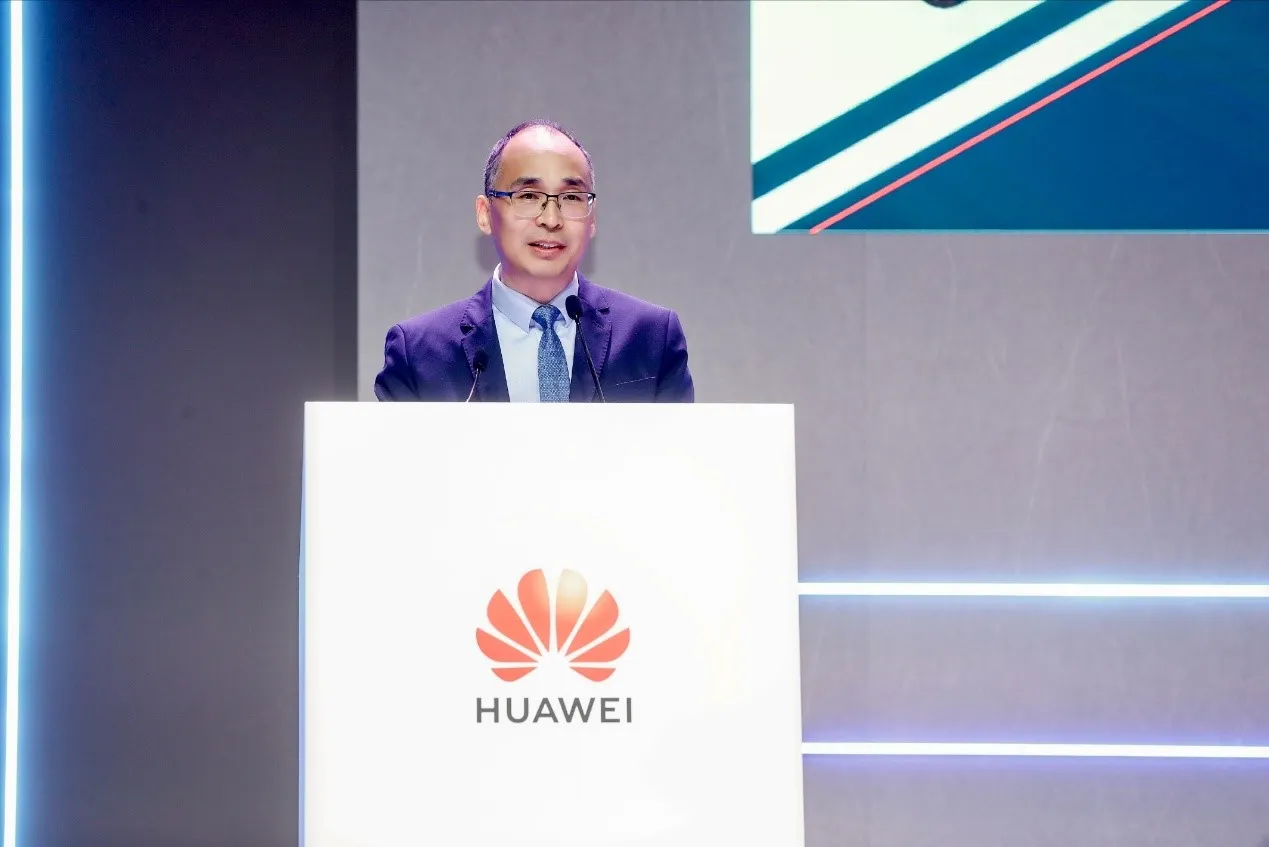GSM-R has been used in Europe for more than ten years to provide voice and data communications for railway and acts as a radio bearer for train control messages. Mandated by the European Commission and supported by the dynamic railway industry in the region, the GSM-R system has established a significant market in Europe. Over the past few years the market extended to regions outside Europe including Asia-Pacific, Middle East, and Africa.
Led by Nokia, Kapsch CarrierCom, and Huawei, GSM-R track coverage
December 19, 2014
Read time: 2 mins
GSM-R has been used in Europe for more than ten years to provide voice and data communications for railway and acts as a radio bearer for train control messages. Mandated by the 1690 European Commission and supported by the dynamic railway industry in the region, the GSM-R system has established a significant market in Europe. Over the past few years the market extended to regions outside Europe including Asia-Pacific, Middle East, and Africa.
Led by183 Nokia, 81 Kapsch CarrierCom, and 6787 Huawei, GSM-R track coverage is growing to 190,000 km by 2020, according to 5725 ABI Research.
Despite being the latest technology that caters to railways needs, GSM-R itself is based on 2G GSM which is now a declining technology. However, in the absence of strong alternatives, GSM-R continues to be the technology of choice for many new railway projects. System evolution and the development of the next-generation networks go hand in hand creating a transition period over the 2020’s. “GSM-R structure is migrating to an IP-based transmission network to improve performance, and lower OPEX, and is a step towards the next generation network,” comments Ahmed Ali, research analyst at ABI Research.
LTE is emerging as a strong candidate to succeed GSM-R considering the growing adoption in the commercial sector and the support from the majority of equipment manufacturers. Embracing LTE-based networks introduces new areas of growth and new market players to the industry.
“One interesting scenario is the collaboration between public network operators and railway operators to create a converged network and reduce cost. With LTE, providers like4054 Alcatel-Lucent and 5650 Ericsson can further improve the railway solution market and drive competition,” continues Ali.
I’ll send the news to Natalie next week. Have a great Christmas and best wishes for 2015.
Led by
Despite being the latest technology that caters to railways needs, GSM-R itself is based on 2G GSM which is now a declining technology. However, in the absence of strong alternatives, GSM-R continues to be the technology of choice for many new railway projects. System evolution and the development of the next-generation networks go hand in hand creating a transition period over the 2020’s. “GSM-R structure is migrating to an IP-based transmission network to improve performance, and lower OPEX, and is a step towards the next generation network,” comments Ahmed Ali, research analyst at ABI Research.
LTE is emerging as a strong candidate to succeed GSM-R considering the growing adoption in the commercial sector and the support from the majority of equipment manufacturers. Embracing LTE-based networks introduces new areas of growth and new market players to the industry.
“One interesting scenario is the collaboration between public network operators and railway operators to create a converged network and reduce cost. With LTE, providers like
I’ll send the news to Natalie next week. Have a great Christmas and best wishes for 2015.







